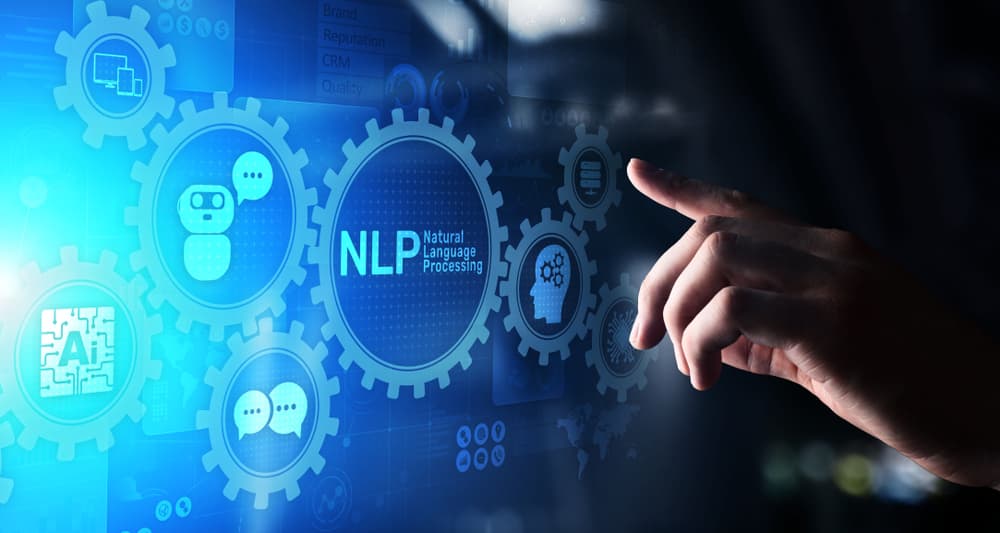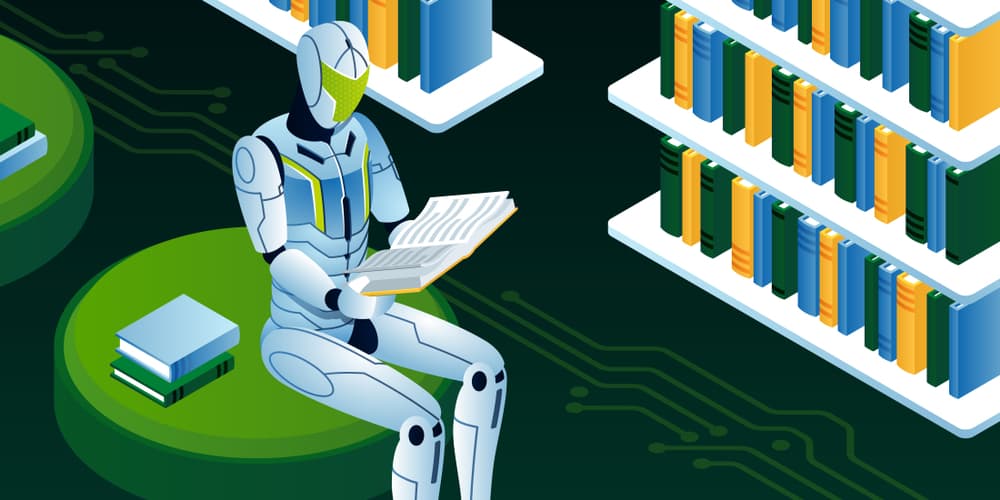Best 13 Applications of Natural Language Processing

Definition of Natural Language Processing
Natural language processing (NLP) refers to the computer understanding of human languages.
NLP is a multidisciplinary subject of research. That deals with human communication via computational processes without prior explicit programming, translation. NLP techniques allow us to automatically process large amounts of natural data. That discovers hidden patterns within it. It enables computers to derive meaning from natural human inputs. Natural language processing makes them more efficient and accurate.
Natural Language Processing Techniques
There are several natural language processing techniques. That will be helpful for natural language processing applications in business. These natural language processing techniques include statistical models, Machine learning models and deep learning models.
Statistical Models –
Statistical Natural Language Processing (NLP) is the use of statistical analysis techniques. It helps to study natural language text or speech data. You can involve direct corporate training or indirect training to use natural languages. Any supervised machine learning approach. These learning patterns could consider as an NLP technique.
Machine Learning Models –
A machine learning model is a type of machine learning algorithm. That design automatically learns and improves from experience. It adapts natural language data. Machine learning models are classifies into several categories. The most common ones used for natural language processing are decision trees,
support vector machines (SVMs), artificial neural networks (ANNs), and recursive neural networks (RNNs).
Deep Learning Models –
Deep learning is a classification of machine learning algorithms. It is effective for jobs involving natural language processing. It is a subset of artificial intelligence and inspired by the workings of the human brain. Deep learning models compose of many layers of neurons. It is capable of learning to spot patterns in data. There are many different deep learning models.
Conversational user interface
The conversational user interface is the experience of interacting with a computer on our (human user) terms.
You’ve seen greetings kick off with voice commands into a device. An example is your iPhone, Android, Echo, or Alexa. It’s used for clicking icons, buttons, or browser pop-ups on a website.
Natural Language Processing Applications in Business

There are various resources available to you. Now we can look at some natural language processing applications in business.
1. Text Analytics :
It is the process of extracting information from natural language text data. This works manually or through the use of natural language processing algorithms. Text analytics use below business applications
- Market research
- Customer feedback analysis
- Competitor analysis
- Fraud detection.
2. Sentiment Analysis :
It is the process of identifying the sentiment (positive, negative, or neutral) of text data. Its uses in a variety of business applications like customer feedback analysis. Product reviews and social media monitoring.
3. Customer Relationship Management (CRM) –
CRM is the process of managing customer interactions and data. CRM systems use natural language processing algorithms to parse customer emails. Chat transcripts and social media posts to extract information about customers. An example is contact information, purchase history, and interests, etc.
4. Marketing Automation –
It is the use of software to automate marketing tasks. An example is email marketing, social media marketing, and lead management. Marketing automation systems use natural language processing algorithms. It can extract information from email addresses, social media profiles, and purchase histories. This information personalizes marketing messages and improves the effectiveness of marketing campaigns.
5. Predictive Analytics –
It’s the process of using historical data to predict future events. Natural language processing algorithms can extract information about past customers from customer data.
Ex:-email addresses, social media profiles, and sale histories. It can use to analyze the customer buying pattern.
6. Business Process Automation –
This software is used to automate business order processing, billing, and payroll. Business process automation systems use natural language processing algorithms. It extracts information of email addresses, social media profiles, and purchase histories. This information can use to automate business processes.
7. Text Summarization –
Text summarization is the process of creating a summary of a text document. Natural language processing algorithms can use to extract information from a text document. Create a summary of the document using only a few sentences. It can use to provide a quick overview of a document or for analysis.
8. Knowledge Management –
It is the process of organizing and managing knowledge in an organization. Natural language processing algorithms can use to extract email addresses, social media profiles, and buy histories. This information is used to build knowledge bases. This can use to improve decision-making and customer service.
9. Text Classification –
This process assigns a category to a text document. Natural language processing algorithms can extract keywords from a text document. It uses those keywords to assign the document to a category. It can use for spam detection. They are categorizing documents for archiving and organizing content for search engines.
10. Automatic Speech Recognition :
By using this process you can convert spoken words into text. Natural language processing algorithms are used to extract email addresses, social media profiles, and purchase histories. This information is used to train automatic speech recognition systems. It can interpret spoken words and convert them into text data.
11. Artificial Intelligence Applications:
NLP is a key technology used in artificial intelligence applications. It helps computers understand and interpret human language. They are making it possible for them to respond in a way that seems natural to humans.
12. Machine Learning:
NLT plays a role in machine learning. It is a process by which computers can learn on their own by analyzing data. NLT helps machines translation by understanding the meaning of the text and the relationships between words.
13. Character Recognition:
NLT is used in character recognition software, which is used to turn scanned documents into editable text. NLT helps the software understand the characters in the document and convert them into text format.
Conclusion:
There are various applications of natural language processing tools in the business. Some of the most common applications include
4) Text summarization.
Natural language processing is a key technology used in all of these applications. It makes them more efficient and accurate.



